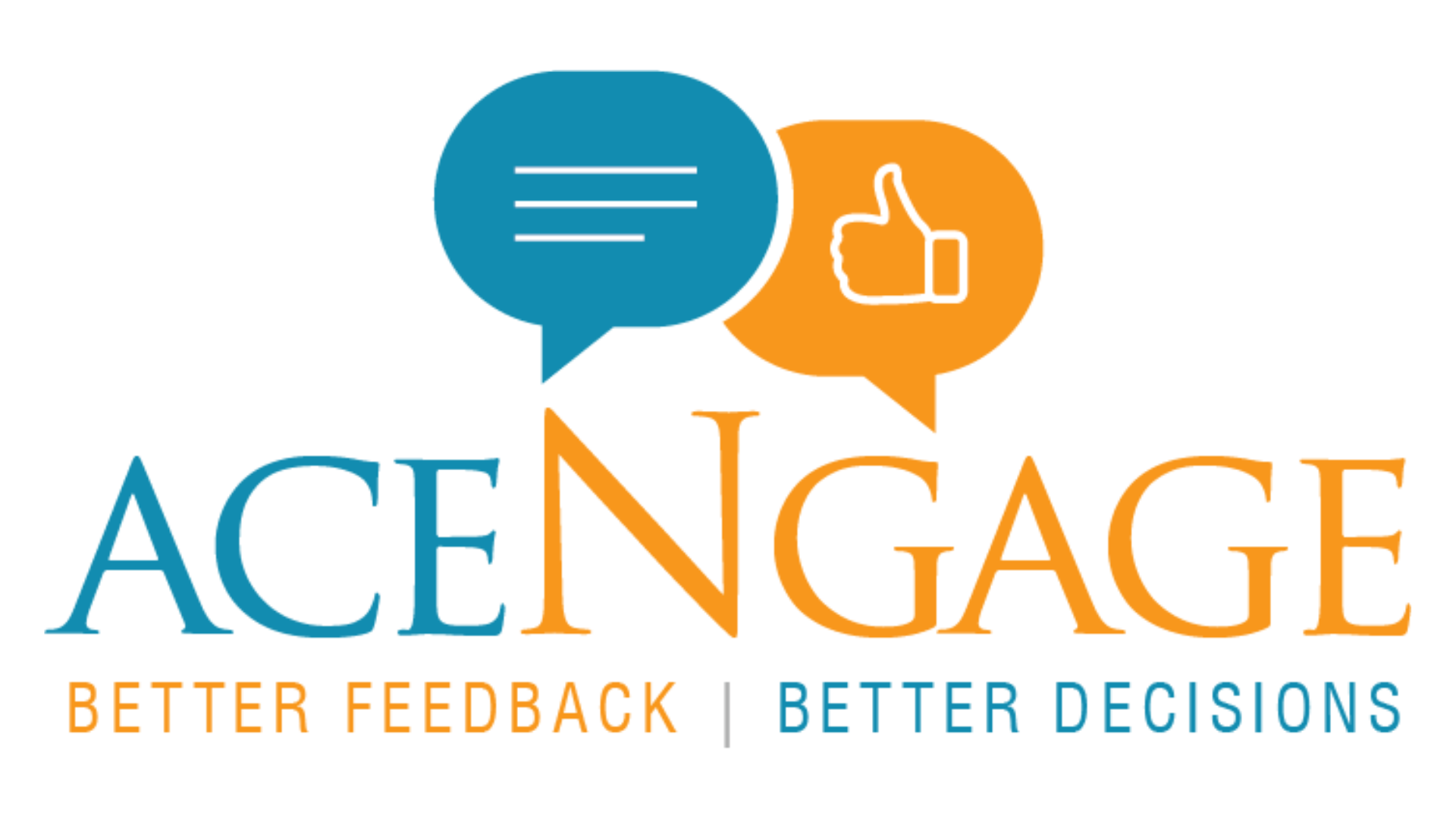You know what’s quietly harming your organization’s performance?
Not toxic bosses. Not layoffs. Not even low salaries.
It’s indifference. It’s that one sentence that shows up in every meeting when someone suggests a bold idea:
“Well… it’s an option.”
That shrug, that hesitation—it’s how employee engagement begins to fade. Because when we treat participation, recognition, and listening as optional, employees start treating their best efforts the same way.
Engagement Isn’t Killed by Bad Intentions. It’s Killed by Indifference.
Here’s the thing: Most companies don’t actively discourage engagement.
No one says, “Let’s make our people feel unseen today.”
But they do say things like:
- “We already sent out a survey last year.”
- “They should just be happy they have a job.”
- “It’s not in this quarter’s budget.”
- And the all-time classic: “Well, it’s an option…”
These small dismissals slowly create a workplace culture where ideas, voices, and employee needs are treated as optional extras. Not priorities.
Why Passive Culture Hurts Workplace Motivation
Imagine telling someone they can attend their own birthday party, but only “if they want to.”
That’s what happens when inclusion, listening, or growth are framed as “options.”
When engagement becomes optional, employees start treating their best efforts as optional too.
- Optional initiative.
- Optional innovation.
- Optional loyalty.
And then we wonder why attrition rates are rising, or why no one turns on their cameras anymore.
Optional Engagement” Isn’t Engagement at All
Let’s flip the script:
Employee engagement isn’t about employees choosing to care. It’s about organizations choosing to care first.
When a company decides to listen, understand, and act—employees naturally follow.
Here’s how to start making employee engagement non-optional:
✅ 1. Listen Like You Mean It
Stop calling it a “check-in” if you’re just checking a box.
Real listening involves curiosity, empathy, and action. If you’re serious about engagement, invest in employee listening platforms that lead to real outcomes.
➡️ Explore our listening services like “Hello Human, I Am Listening.”
✅ 2. Make Space for Their Voice
Not every employee wants to speak up in town halls. Use focus groups, anonymous platforms, and even personal check-ins to create safer spaces for honest feedback.
➡️ Want to know how people really feel? Try our Exit Interview and Stay Survey models.
✅ 3. Celebrate Contributions Loudly, Not Lazily
If someone shares a great idea or solves a problem, don’t say “thanks” in passing. Say it in meetings, shout it out on Slack, and embed it into team culture.
Recognition isn’t a perk—it’s a psychological need.
✅ 4. Train Managers to Care, Not Just Perform
People don’t leave companies. They leave managers who don’t listen, support, or develop them.
Leadership training must go beyond productivity to include emotional intelligence, empathy, and inclusivity.
➡️ Check out our Train to Retain Manager Programs.
Building a Culture That Encourages Participation and Purpose
Employee engagement isn’t a Friday activity or an annual initiative.
It’s a daily choice. A culture. A commitment.
So the next time someone shrugs and says,
“Well… it’s an option,”
ask yourself—
“Is disengagement also an option we’re okay with?”
Because in a world where people crave meaning, belonging, and purpose—treating engagement like an afterthought might just be the costliest option of all.
Ready to stop shrugging and start engaging?
Let’s make employee engagement a priority—not just an option.







1 comment
The problem is most of us always start trying a little too late. It is much easier if we work every day towards keeping them with us.